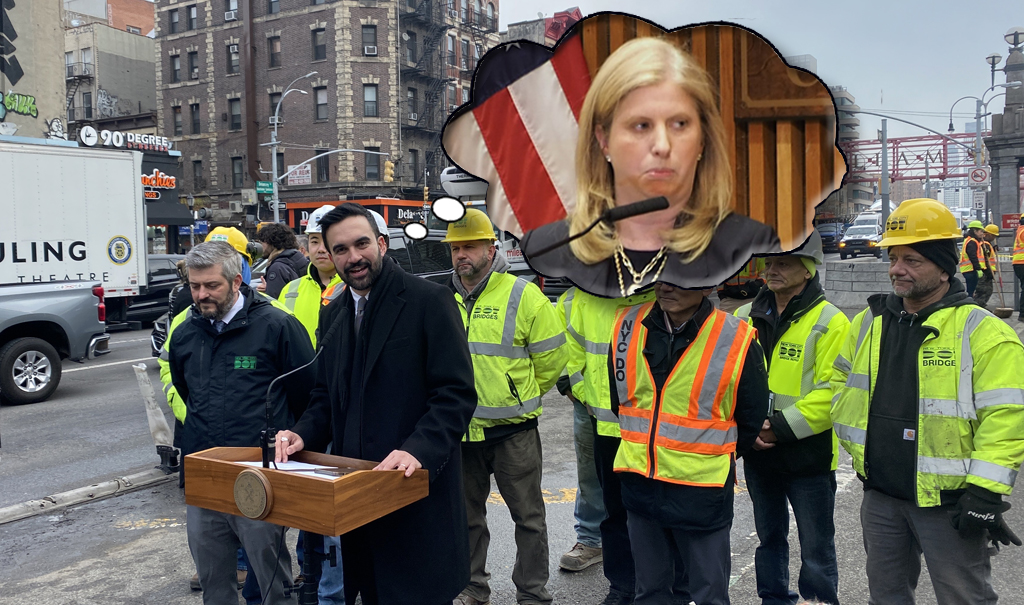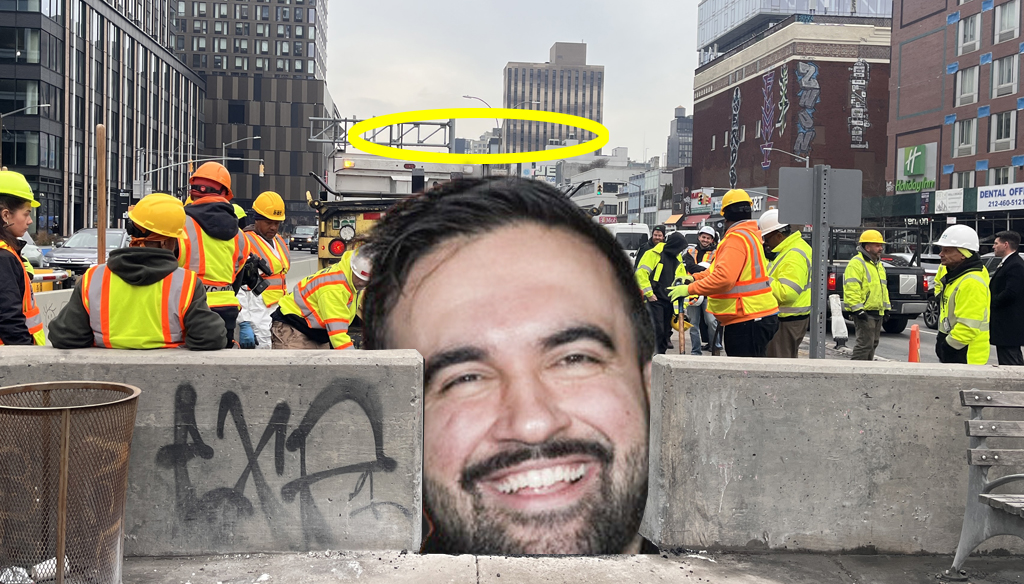Get hit by a car traveling 20 miles per hour, and the odds are 19 to 1 that you, the pedestrian, will live to see another walk around the block. But if the vehicle's speed at impact increases just ten miles per hour, your chances are barely better than 50-50. And if a driver hits you at 40 miles per hour, there's almost a nine in ten chance that you won't survive.
Yet when people die in traffic on local streets designed for vehicle speeds of 40 mph or higher, the conditions that produced a potentially fatal situation in the first place are rarely discussed. Looking to inject a new perspective, David Edmondson at Network blog the Greater Marin explains how street design set the stage for the death of a young girl in Novato, California:
Last Thursday, [seventh grader] Hailey Ratliff was riding her bike home from her new middle school.
As she was on her way home, someone else was driving into town on Novato Boulevard. As the road winds through rural Novato and West Marin, cars can speed along at 50 or 55 miles per hour, an easy five or 10 miles per hour above the posted speed limit we typically concern ourselves with.
As the driver would have just started to slow down for the first stop sign that marks the entrance to Novato, Hailey somehow got in the driver’s path. The SUV struck her with such force it left Hailey’s helmet and shoes in the road and threw the bike back into a telephone pole.
Where Hailey was hit, the eastbound lane effectively widens to 15 feet as the paint delineating the shoulder is almost worn away. The center turn lane that suddenly appears makes passing cars feel like they aren’t going so fast, giving the illusion that it’s safe to drive even faster than before. Though the speed limit drops to 35 normally and 25 during school hours, that road is built for 50.
So while the collision between Hailey and that driver was probably the result of inattention by one or both of them, it was the speed that killed Hailey Ratliff, a speed that we normally shrug our shoulders about.
Elsewhere on the Network today: The Transportationist points out that the federal government's role in transportation funding is an example of redistribution. Baltimore Spokes reports that his city is cracking down on jaywalking, even though it is not even illegal in Maryland. And Portland Transport compares taxi use rates across American cities.






